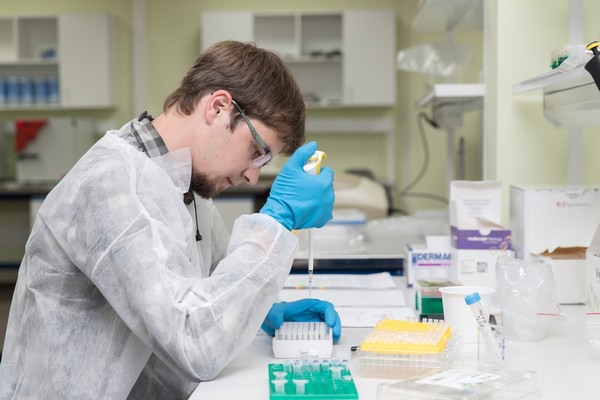Researchers from Peter the Great St. Petersburg Polytechnic University (SPbPU) developed a new mathematical model to predict economic performance of crops. It can assist the breeders to obtain the plants with the highest possible quality. The research results were presented at the fifth 'Plant genetics, genomics, bioinformatics, and biotechnology' (PlantGen2019) conference as well as published in BMC Genetics and supported by the Russian Foundation for Basic Research, project 18-29-13033.

"We have developed a new mathematical model for predicting crop phenotypic traits as a function genotype," notes Maria Samsonova, head of the Laboratory of Mathematical Biology and Bioinformatics at SPbPU. She added, that such models in agriculture are called genomic selection models. It is very difficult to create a new variety of plants, it usually takes 10-12 years. Using genomic selection models, this process can be accelerated several times. "Our mathematical model, based on machine learning methods, performs better than modern analogs as it contains a significantly smaller number of parameters.
Scientists applied the model to predict phenotypic traits of an important crop, soybean. Among the traits, they analyzed plant height, number of seeds per plant, yield, protein and oil content in seeds.
"For breeders, it is very important to select parental plants able to produce offspring of high quality," says Anna Igolkina, engineer of the Laboratory of Mathematical Biology and Bioinformatics at SPbPU. "Due to the small number of parameters in our model, we can rank breeding pairs according to offspring quality and selected advanced parental pairs representing new potentially interesting donors of desired traits."
For more information:
Peter the Great St. Petersburg Polytechnic University
www.english.spbstu.ru
